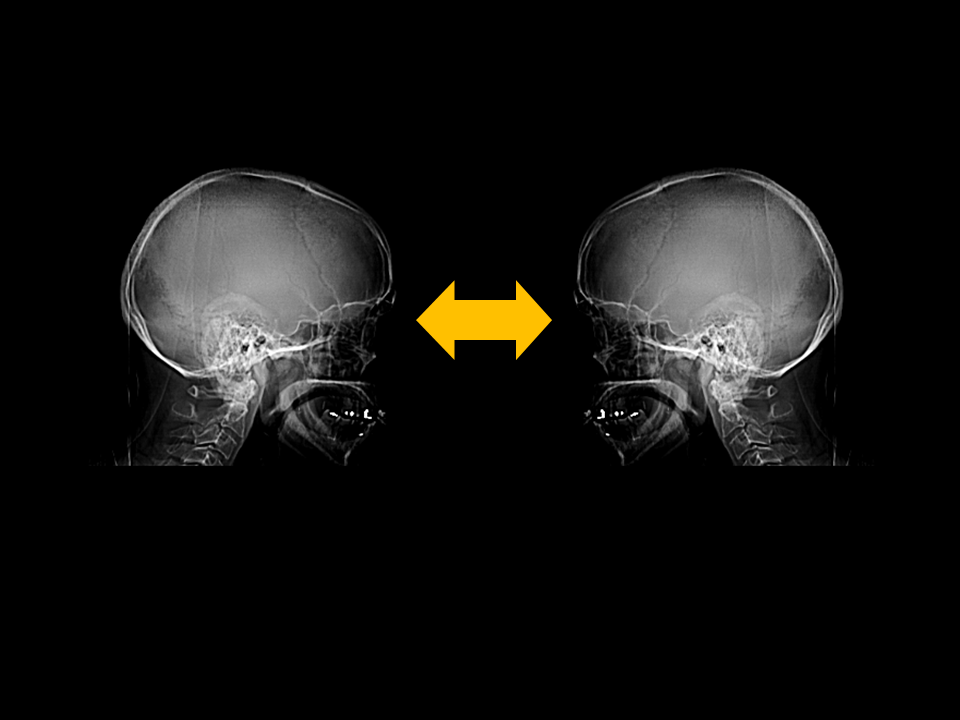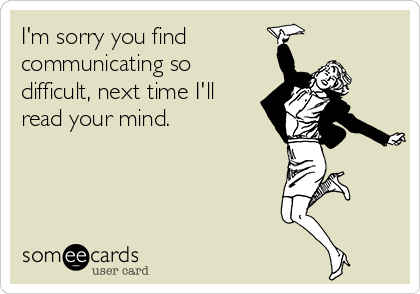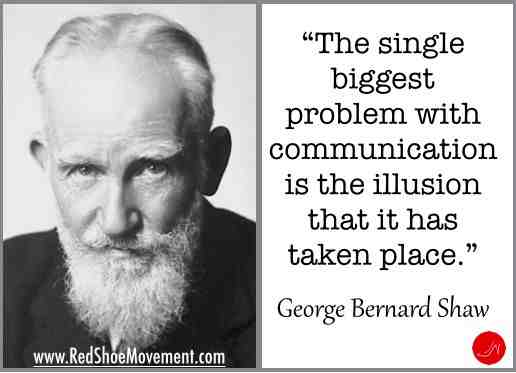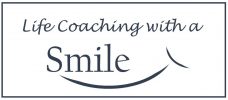
I completed my first article on Communication for this website over a year ago. It mainly focused on verbal communication with family members. A few weeks ago I added an article on Assertiveness that was mostly about assertive communication. I also added a downloadable list of Assertive Phrases you can deploy to give your interactions a little more power. But in this Effective Communication (Amplified!) article, I want to return to the basics of effective communication using much more than just words and phrases. Because there is a lot more to speaking and writing than just the words you choose.
“Communication must be HOT! That’s Honest, Open and Two-way. “ Dan Oswald
If you only learn one thing about communicating, the above quote would be the thing to remember. Good, effective communication involves sharing information from one person to another person (or people) and receiving feedback that your message was successful. Communication is a process. It is sharing information, listening and responding. It’s a loop, not a straight line.
We communicate every day in nearly every environment. Effective communication is absolutely necessary when building relationships. It is needed when sharing ideas, managing a team, asking questions, or conveying feelings and emotions. The following are the forms of communication we use every day.
Effective Verbal Communication
Verbal communication (Talk) transfers information through speaking or sign language. This is one of the most common and important ways to communicate. We use it every day for chats, phone calls, presentations, and entertaining. Talk is important because it is efficient. It helps when we support verbal communication with both nonverbal and written communication. To improve your talking skills you can try to:
- Speak clearly and with confidence. Practice if you need to. A strong, confident speaking voice helps keep audience attention. The clearer you are the easier for others to understand and remember.
- Use active listening. These listening skills are key in every conversation. Listening well will help you grow as a communicator. (More on listening skills at a later date)
- Conquer the “Um!” During presentation, words “Um, uh, like, so” can creep in. Try practice presenting to a friend or colleague. Let them call attention to the times you use empty words. Try to replace empty words by taking a breath or looking into your audience.
Nonverbal Communication
We use body language, gestures and facial expressions to convey information to others. It can enhance or detract from effective communication. You can use it either intentionally or unintentionally. It can be helpful to give insights to the people you are speaking with. It also provides feedback to the person you are listening to.

Closed body language includes crossed arms and hunched shoulders. It can express feelings of anxiety, anger or impatience. Open body language is relaxed with both feet on the floor, leaning forward and arms by to the side or on the table. It conveys feeling positive and open to information.
Some steps you can take to develop nonverbal skills:
- Try to identify where you feel the emotions within your body. For example, do you squint when nervous?. Develop self-awareness of how emotions affect your body. Doing so can give you greater mastery over your external presentation.
- Intentionally make an effort to display positive body language. Then, use body language to support your verbal communication. You can wave a hand to invite questions. Raise a hand for silence. Pound table for emphasis. Laugh at yourself to put others at ease.
- Make it your own. You can do this by observing other people’s facial expressions or body language in various settings. Then use those observations to improve your own nonverbal communications.
Written Communication
Writing uses symbols, letters and numbers, to convey information. We use writing in books, pamphlets, blogs, letters, memos, email and more.
Writing is an art and a skill that continuously evolves. These tips can help:
- KISS (Keep It Simple Stupid.) Writing should be as simple and clear as possible. The more complicated, the greater the chance of misunderstanding.
- You can’t convey tone-of-voice in writing. Therefore, nuance is nearly impossible. Attempting a joke or sarcasm can backfire. Try to keep your writing as simple as possible. Follow up verbally so you can add more personality.
- Write, then: Review, Review, Review. Review your written communications. Then you can identify mistakes and find opportunities to improve your message. Also, consider getting someone else to proofread your writing.
- Keep the good stuff. Keep a file of a writing you like. Find articles you find helpful or interesting. Save them for ideas to help in your future writing.
Visual Communication
Visual communication uses photographs, art, drawings, sketches, charts and graphs to convey information. Employ visuals when you can. When you do, people with visual learning styles will be able to understand your message more fully. When used well, visuals can provide helpful context. But, used poorly, they can ruin a presentation.
Here are some more ideas to develop your visual communication skills:
- Is it really a visual AID? Ask others before including visuals. Getting third-party feedback can help you decide whether visuals add value to your communications.
- Easy does it. Visuals should be used with care. They should add to the presentation. They should be informative, break the ice or add humor. Consider your audience. The visuals should be easy to understand. They should relate to what you are saying. Never use insensitive, offensive, or violent visuals in any form.
Becoming a HOT communicator means using good communication skills. It can help you in your career, in relationships, with friends and family. It will make your acquisition of knowledge so much easier and less stressful. Knowing how to talk to someone, to express your needs or ideas can seem difficult. It does take time and practice. But effective communication can be learned and improved.
Future Effective Communication
There is so much information out there. So I will be adding several books and articles to the reference list. I have also put a Communication Quiz on my website that I hope you find helpful.

In future articles we will tackle roadblocks to effective communication and then active listening. And please, reach out with questions or ideas in the comment section below.
* Please leave a comment below. You may comment anonymously or you may use your first name. We may post or quote your comment on the website. We will never post or share your last name, email address or any other personal identifying information.
